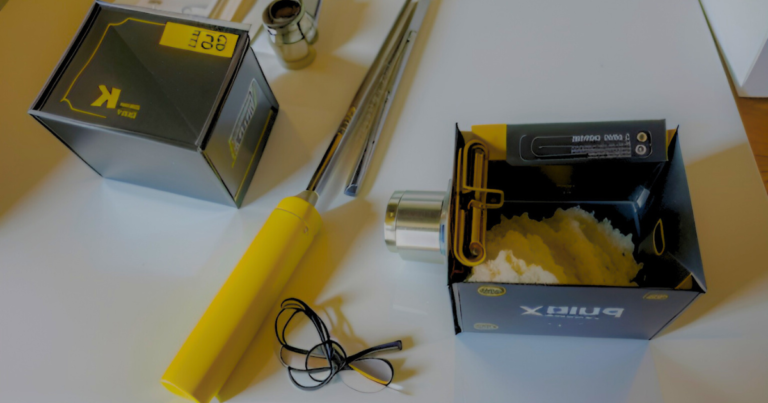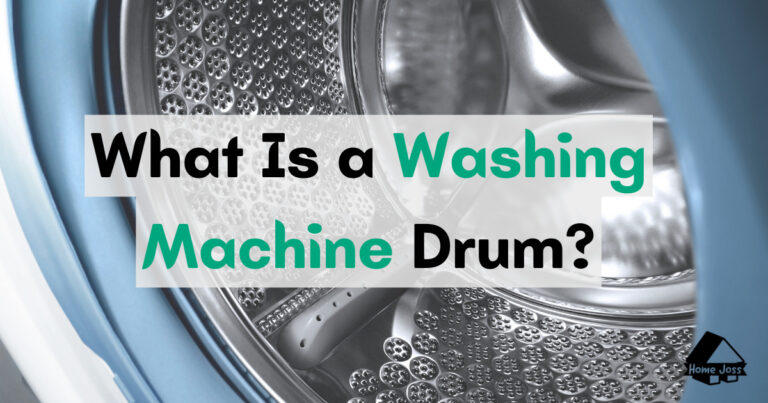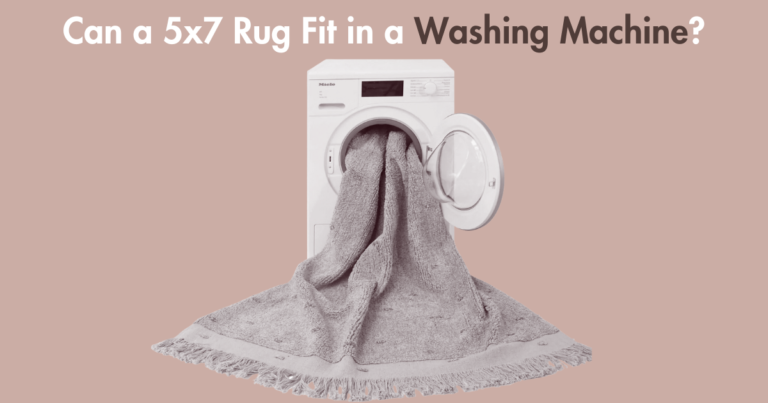Yes, a washing machine can drain into a sewer line. Wastewater from the machine is considered sewage and is typically connected to the main sewer line if the home is part of a municipal sewer system.
This connection allows the water to be properly disposed of and treated. However, it is important to ensure that there are no clogs or backups in the drains to prevent any issues with the washing machine drainage.

How Does A Washing Machine Drain Work?
Explanation of the washing machine drain function
The drainage process of a washing machine is crucial for its proper functioning. When you start a wash cycle, the water and detergent mix together to clean your clothes.
Once the cycle is complete, the machine drains the dirty water and sends it out of the machine through a drain hose. This drain hose is connected to your home’s sewer line, which is responsible for carrying wastewater away from your property.
Overview of the drainage process
During the spin cycle, the washing machine’s pump creates pressure that forces the water out of the drum. The water then flows through the drain hose and into the sewer line.
It is important to ensure that the drain hose is properly connected and free from clogs to prevent any issues with the drainage process.
Importance of proper drainage for the washing machine
Adequate drainage is essential for maintaining the efficiency and longevity of your washing machine. If the drainage system is compromised, it can lead to water backup, leaks, and potential damage to both the machine and your home.
Impact of improper drainage on the sewer line
If the washing machine drain is not connected properly or there are obstructions in the sewer line, it can cause blockages and backups in the entire plumbing system. This can result in costly repairs and inconvenience for homeowners.
You need to know Is it Illegal to Drain Washing Machine Outside?
Where Does the Drainage from a Washing Machine Go?
Many people wonder where the drainage from a washing machine goes. It is important to understand the destination of the drainage and its impact on the overall plumbing system.
The drainage from a washing machine usually goes into the sewer line. In urban and suburban areas, homes are typically connected to a municipal sewer system, and the washing machine drainage is directed towards the main sewer line.
The washing machine drain is connected to the sewer line through a series of pipes. When the washing machine is in use, the water and detergent from the machine flow through the drain hose and into the sewer line.
In a municipal sewer system, the drainage from various sources, including sinks, showers, toilets, and washing machines, is combined and transported to a wastewater treatment plant for processing.
In rural areas where there is no access to a municipal sewer system, alternative drainage systems such as septic tanks or cesspools may be used to handle the wastewater from the washing machine.
The drainage from a washing machine can have an impact on the overall plumbing system. If there is a large clog in the sewer line, the excess water from the washing machine can cause backups in other drains in the house.
Can A Washing Machine Share The Same Drain As A Toilet?
In comparing the toilet waste pipe with the washing machine drain, it is important to note that the toilet waste pipe is significantly larger than a standard washing machine waste for a very good reason. Sharing the same drain for both the washing machine and toilet can lead to potential issues.
Firstly, the large water volume and high-pressure flow from the washing machine can cause backups in all drains if there is a substantial clog in the shared drain. This can result in unpleasant and messy situations within the household.
Instead of sharing the same drain, alternative solutions for the drainage setup can be explored. Professional plumbing consultation is highly recommended to ensure the proper installation of separate drains for the washing machine and toilet, thereby preventing any potential issues and ensuring efficient functionality.
Frequently Asked Questions For Does Washing Machine Drain Into Sewer Line
Does Washing Machine Drain To The Sewer Line?
Yes, a washing machine can drain into a sewer line.
Where Does The Drainage From Washing Machine Go?
A washing machine usually drains into the main sewer line in your house, which is connected to all the drains in your home. The large amount of water used in the machine can cause backups if there is a clog.
Why Does My Sewer Back Up When I Use The Washing Machine?
A washing machine can cause backups in your sewer line because it uses a lot of water, which can lead to clogs in your drains.
Can A Washer And Toilet Share The Same Drain?
Yes, a washer and toilet can share the same drain, but it is not recommended as the toilet waste pipe is larger for a reason.
Can A Modern Washing Machine Pump High Enough To Reach The Sewer Line?
Yes, modern washing machines are designed to pump water high enough to reach the sewer line. The water may go through an ejector pump before reaching the sewer.
When it comes to the question of whether a washing machine drains into the sewer line, the answer is yes. Wastewater from your washing machine is considered sewage, and it typically drains into the main sewer line if your home is part of a municipal sewer system.
This means that the water from your washing machine will ultimately join the rest of the wastewater from your home and be treated accordingly. It’s important to note that if you have a large clog or blockage in your sewer line, using your washing machine can cause backups in all of your house’s drains.
So, it’s crucial to ensure that your sewer line is clear and functioning properly to prevent any potential issues. The washing machine does indeed drain into the sewer line, contributing to the overall sewage system in your area.
By understanding how your home’s plumbing works, you can take steps to maintain the functionality of your sewer line and avoid any unwanted backups.






